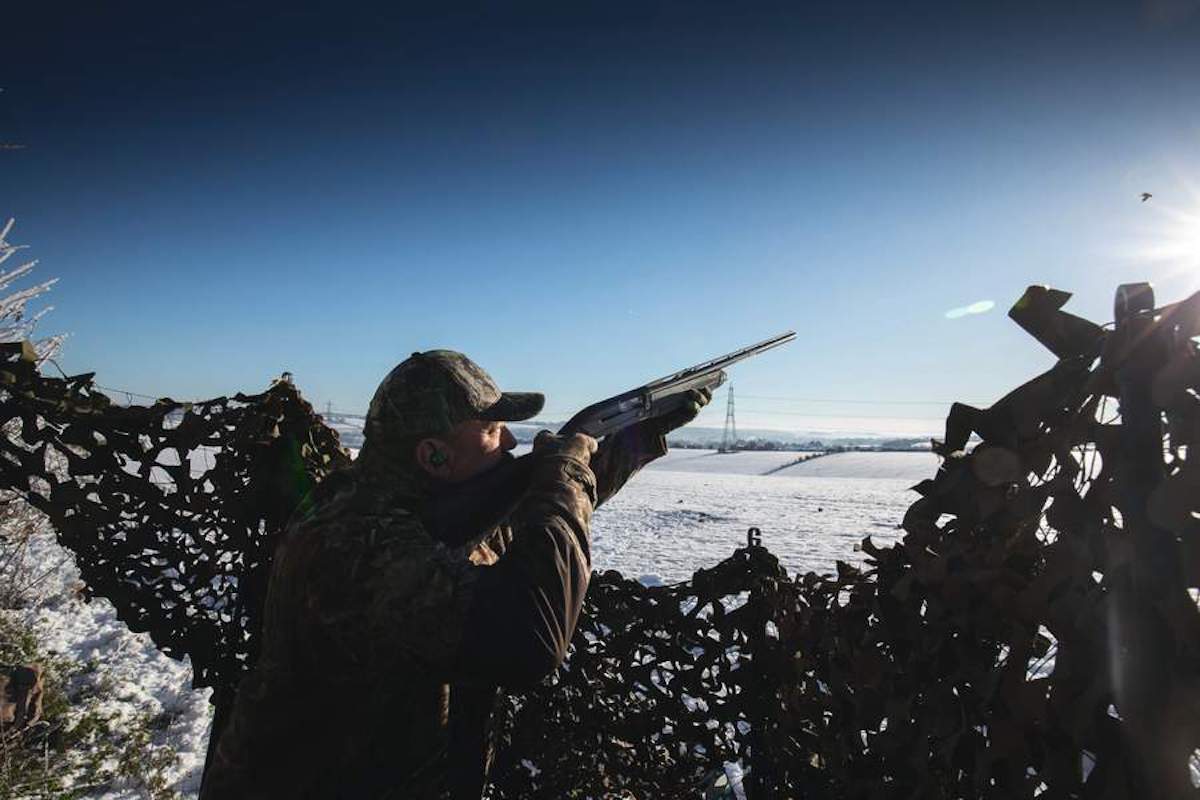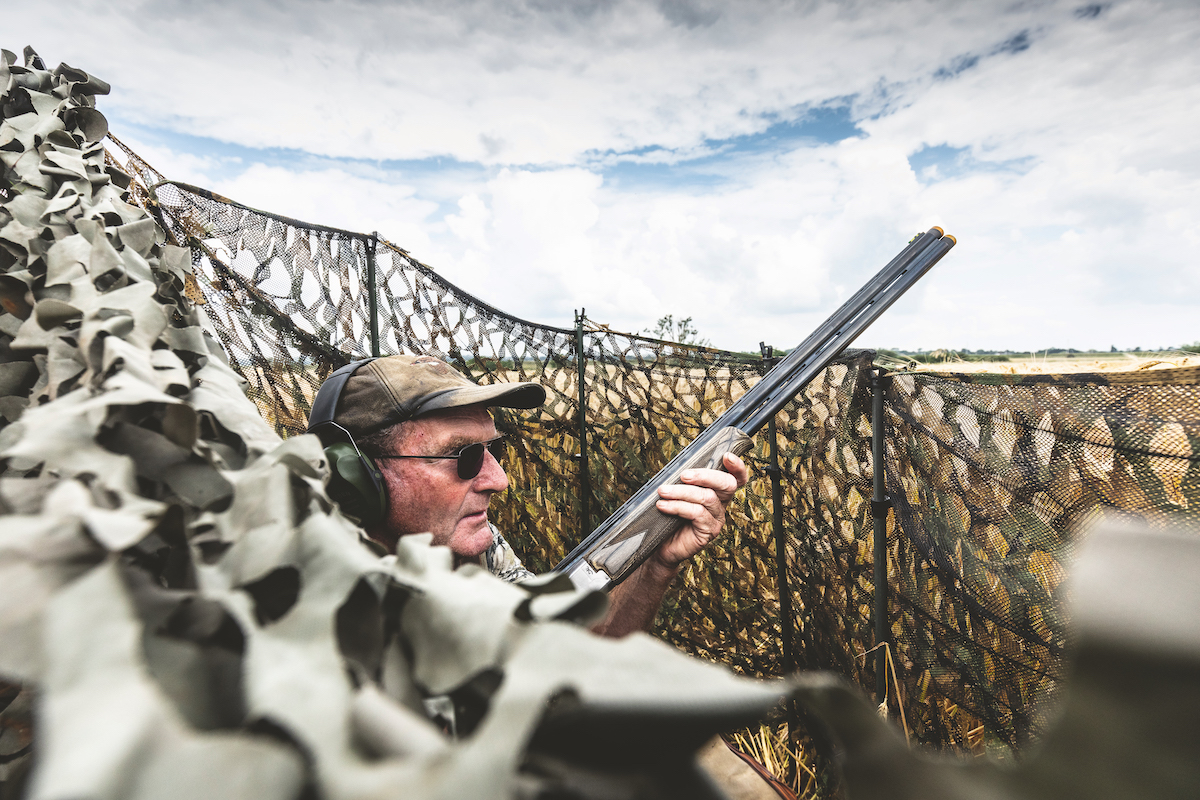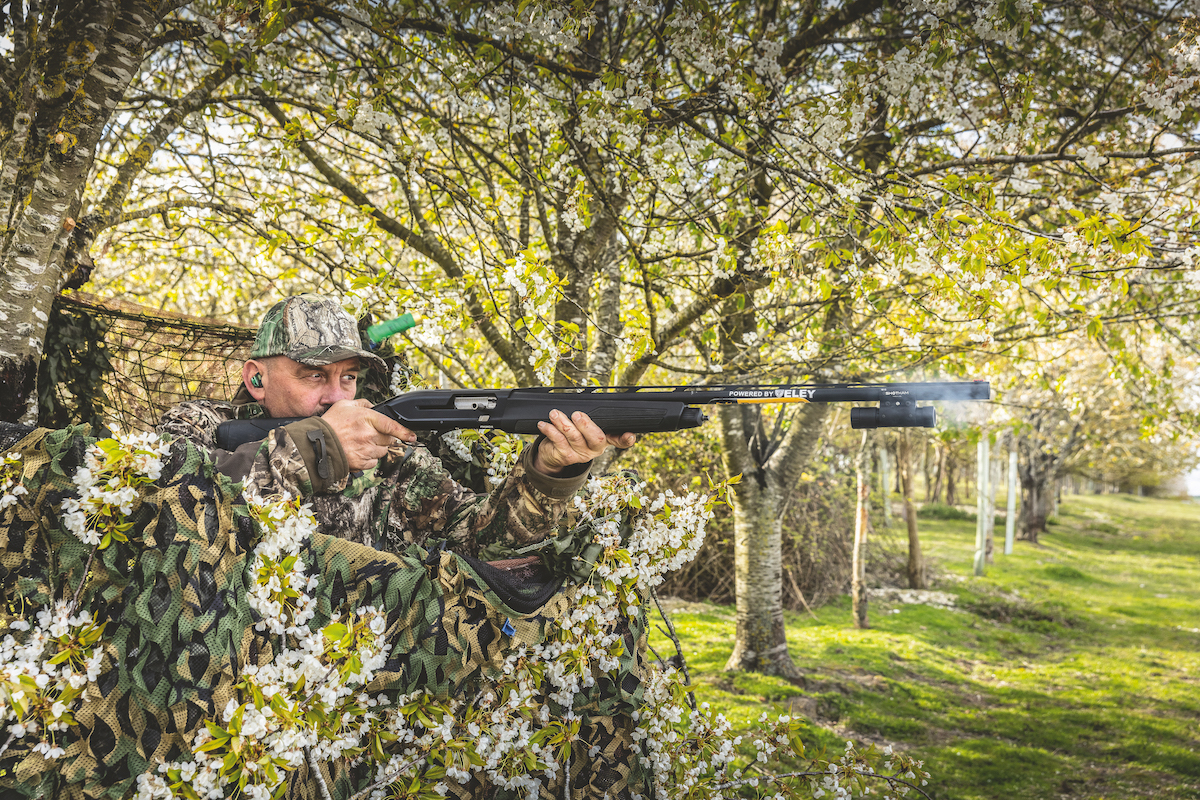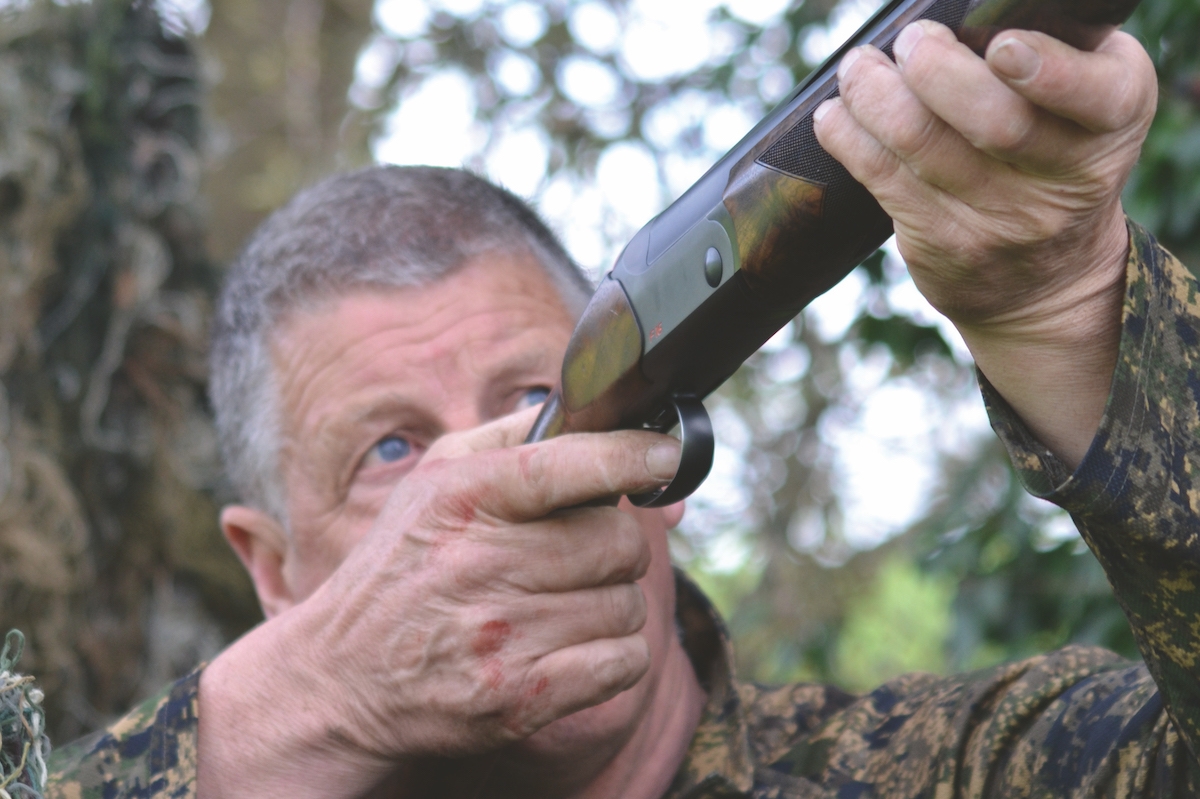Winter pigeon shooting with Geoff Garrod
Geoff Garrod prepares to shoot over winter rape and offers tips for cold weather sport

The winter pigeon will mostly be feeding on rape. I don’t know of a single pigeon shooter who doesn’t miss the warm days decoying over late summer stubble in a T-shirt, but the only other option to shooting in the cold is to stay indoors and not shoot. That’s an easy decision for me to make and we still have crop protection to consider. So if you’re like me and will still be taking any opportunity to get out on the winter pigeon, it’s worth spending a little time thinking about the kit and clothing and practicalities of what the winter weather presents.
What to wear
For practical clothing, starting from the bottom up, a good pair of neoprene-lined wellies are a good idea. They’re warm and will keep some of the wet away as you walk through the rape, long grass and mud. (Read our guide to the best shooting wellies.) Decent leggings are also really useful, though I tend to use waterproof, lined trousers instead. (More on waterproof trousers here.)

Some warm layers, waterproof boots and a hat are essential in the colder months
On my top half I wear a T-shirt, a good thick jumper and a winter coat with a good hood. This combination works for me unless it’s exceptionally cold, then you should think about taking some extra layers with you. But I find it hard to shoot with too much padding and it has to be really cold before I reach for a fleece.
You can lose a lot of heat through your head, so a hat is really important. I prefer a peaked or wide-brimmed cap as I like to have the brim to shade my face and to stop any glare if I’m lucky enough to see the sun. But many shooters prefer a woolly hat, flat cap or balaclava. But you do need something.
Shooting gloves that allow you to expose your trigger finger are a must for extremely cold days and for safety. If your fingers get so cold that you can’t feel the trigger or safety catch, you need to warm them up. Finally, pack something to keep your neck warm. I use a necker, buff or snood — whatever you prefer to call it. It’s a tube of elasticated material that you pull over your head around your neck. It can be pulled up over your face and over the back of your cap if the going gets really tough and it’s great for keeping cold winds off your neck.

When decoying in the winter, your window of opportunity will be short so make the most of it
What to eat and drink
It’s amazing how much a warm drink and some calories will lift your spirits and body temperature if the cold has penetrated. If it has got through to your core and you’re starting to miss birds, you really should take a bit of time to put some fuel in your body. This is not purely for comfort – though that is important – but because it will also help you shoot far better and be more alert. Invest in a decent-sized good-quality flask that will keep your drink warm throughout the day, and make sure you have enough food to keep you going.

Don’t let your hands get so cold that you can’t feel the trigger or safety catch
Where to shoot winter pigeon
Take a little extra time to decide on the location of your hide and think more about how you build it. I use the same netting that I deploy in the summer, but the location and the way you build a hide can make a real difference to your comfort.
If you’ve found the perfect decoying location, you’ll most likely have the wind on your back so the birds fly into the wind when they approach. Birds always land into the wind to help their stability in the air. If I can find a thick bit of hedgerow to have behind me, that’s always an advantage and will help reduce the wind. Sometimes I also hang doubled-up netting behind me if there’s still a draught getting through. This helps with camouflage too if the hedgerow has lost its leaves, but it is a good trick. In my winter kit I also pack a large camouflage-patterned umbrella. I used it last summer to keep the sun off when it got really hot, but at this time of year it’s for any unexpected downpours. If you stay dry you’ll stay warmer and it’ll keep the water out of your gun and cartridges. There’s nothing worse than freezing your bits off while you’re sitting waiting for birds, especially if it’s a quiet day. (Read our guide to the best pigeon cartridges.)

Crop protection is still vital in the winter months so get out whenever you can
Decoys
Presuming you’re now warm and comfortable, all you need to do is get the winter pigeon to decoy into your pattern. What you should be thinking about are the feeding patterns of the pigeons at the beginning of the rape season compared with the January-to-March birds. Early in the season, the birds tend to decoy in a similar manner to those feeding on the stubble and drill, so your tactics won’t change much. In the depths of winter you’ll have to pay more attention to a time when there is most activity on the field.
You need to make sure you arrive earlier as your window of opportunity will be short. And, as always, reconnaissance will pay off.
Next, pay attention to the way the birds feed on the ground and make your decoy pattern mirror what you’ve seen as closely as possible. They usually group together, with less space between them, compared with the spread-out feeding pattern on a stubble or drilling.
None of this winter pigeon preparation is difficult and much is fairly obvious. It’s easy to forget things, so make a list, plan ahead and you’ll be more comfortable and successful.








